Science - Earth & Space Sciences: 10 Lesson Plans, covering up to 20 lessons + 1 Summative Assessment and FREE Student Workbook (Year 6)
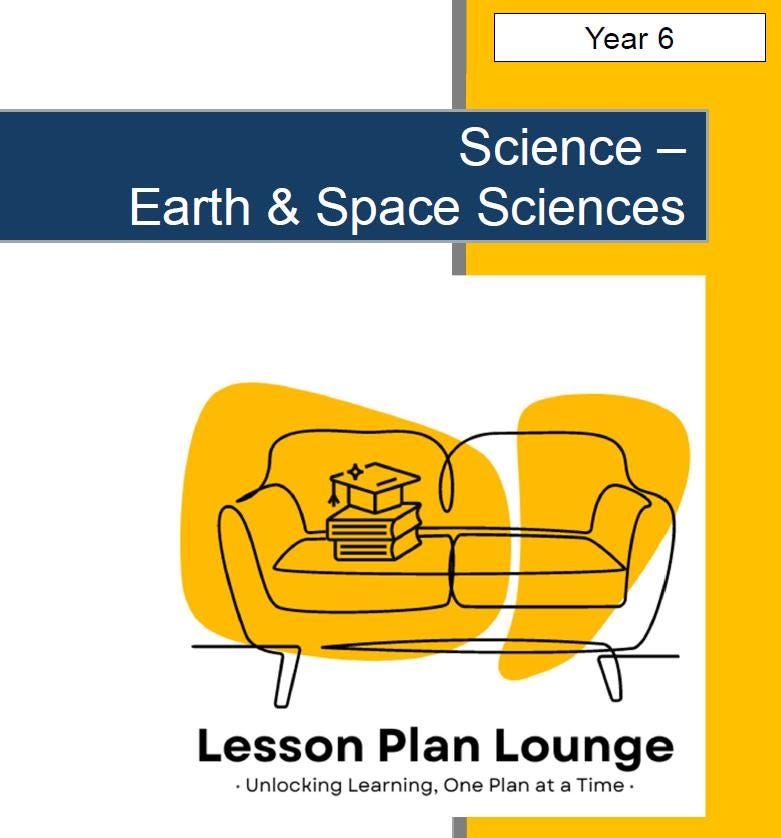
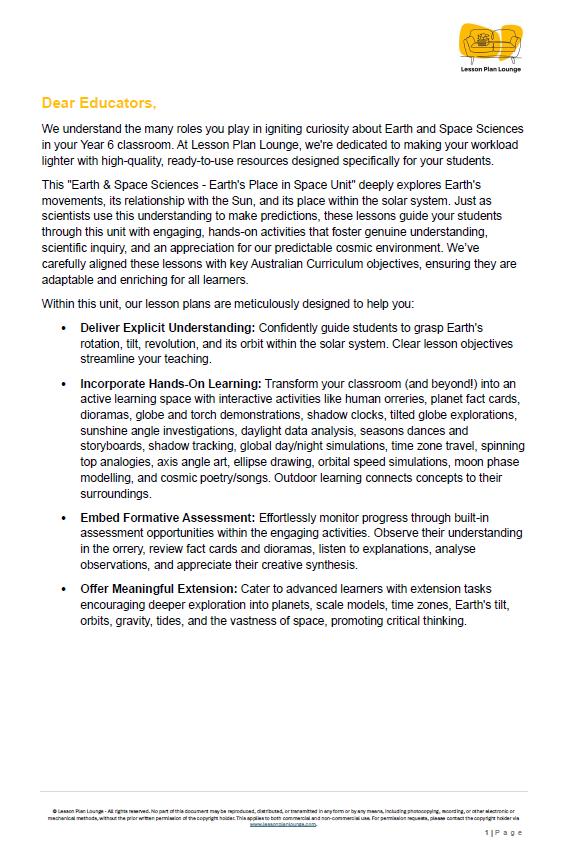
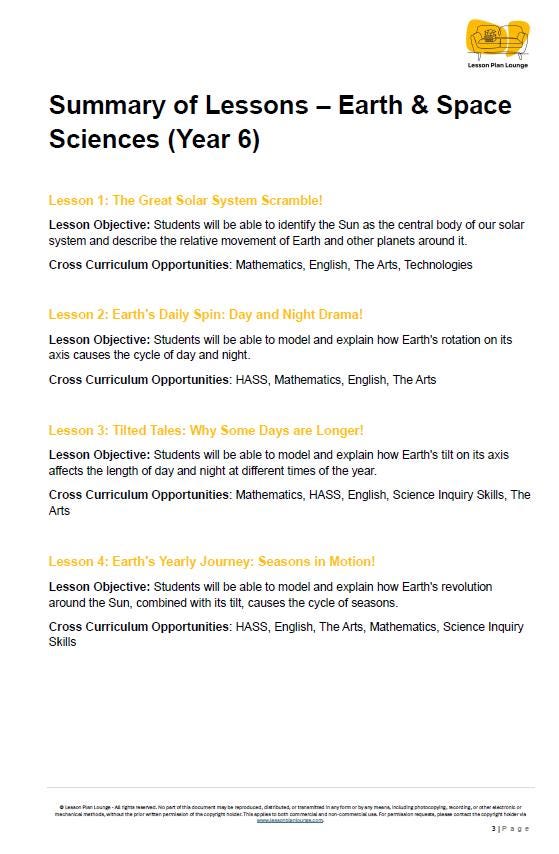
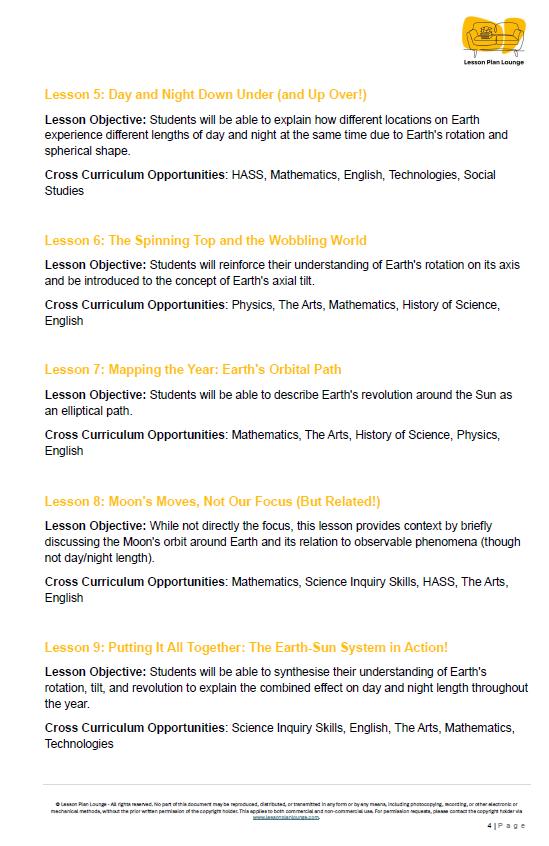
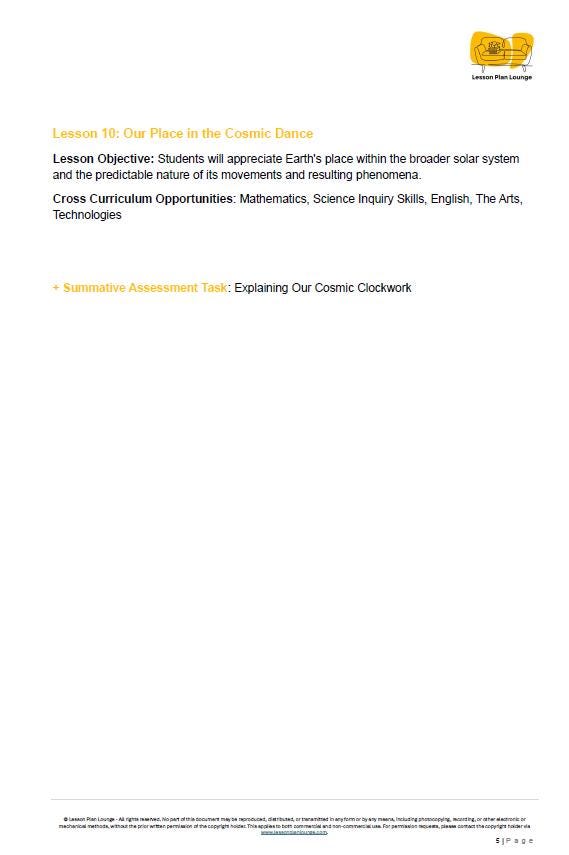
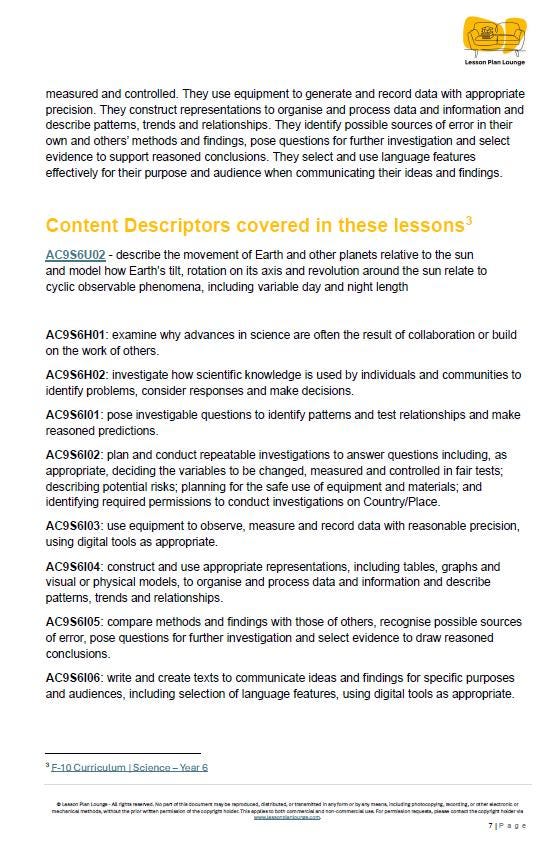
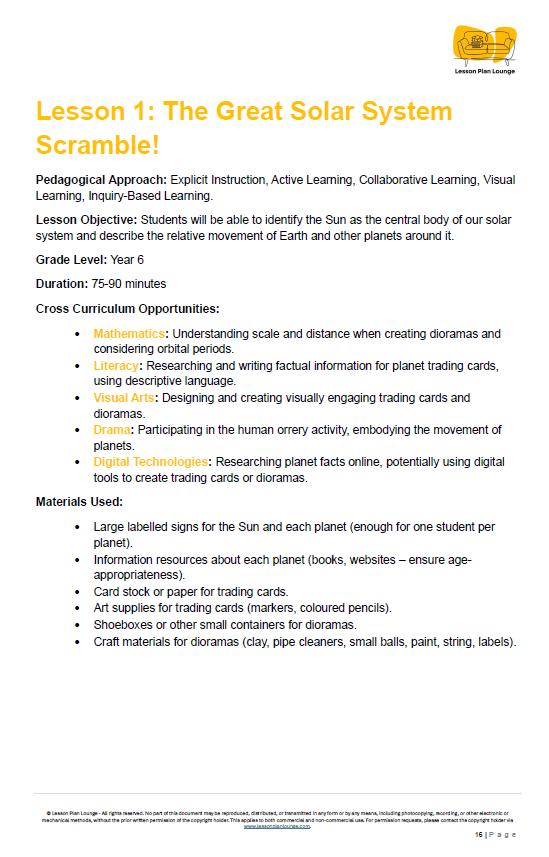
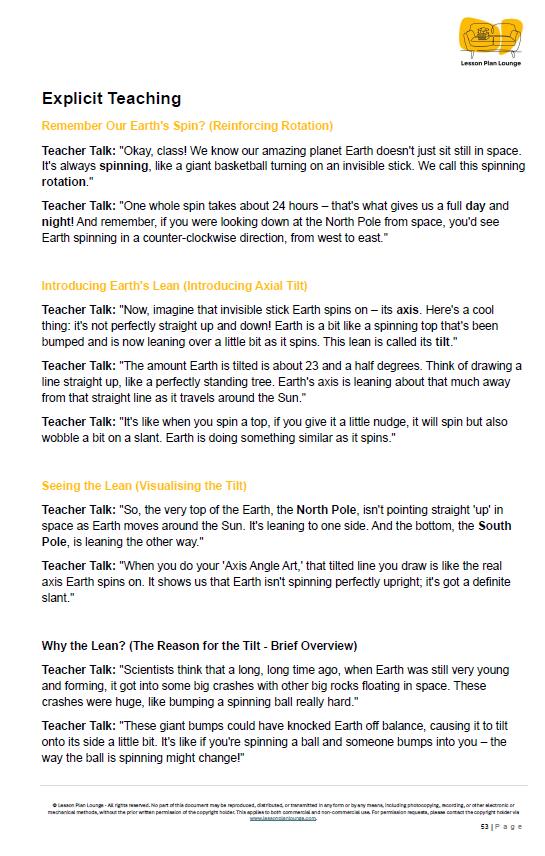
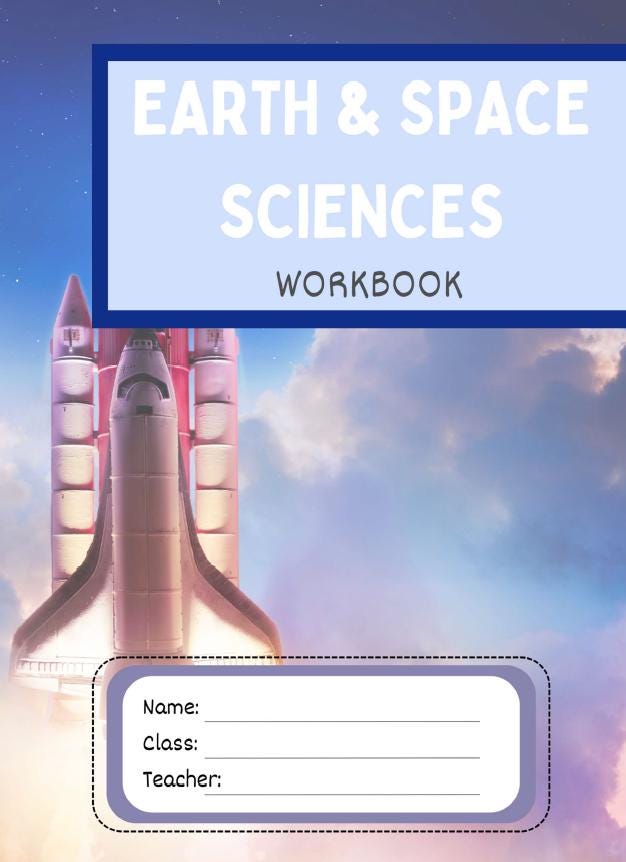

$5.13
Tired of endless lesson prep and creating student materials? Our Earth & Space Sciences - Earth's Place in Space Unit delivers ready-to-use, Australian Curriculum-aligned resources covering Earth's movements, day/night, seasons, and our solar system.
Benefit from:
- Effortless Delivery: Clearly defined objectives and explicit teaching content make lesson delivery smooth and confident, guiding students through complex concepts.
- Engaging Activities: From a "Human Orrery" to "Cosmic Poetry," ignite curiosity and cater to diverse learners with hands-on experiences that bring space science to life.
- Natural Assessment: Embedded formative assessment opportunities within activities allow you to easily monitor student progress as they explore and discover.
- Extension Included: Thoughtfully designed extension tasks challenge advanced learners and deepen their understanding of Earth's place in the cosmos.
- Real-World Connections: Connect Earth's movements to everyday phenomena like sunrise/sunset and the changing seasons in Australia, building a strong foundation for future science learning.
BONUS! FREE Student Workbook: This unit includes a ready-to-print student workbook, directly aligned with each lesson, saving you even more preparation time and providing valuable learning activities for your students.
Invest in impactful Earth & Space Sciences learning without the extra hours and get a FREE student workbook to match! Get your Year 6 Earth's Place in Space Unit today!
(2 downloads: Lesson Plans (84 pages) and Student Workbook (46 pages))
